
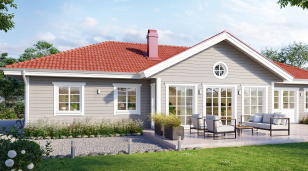
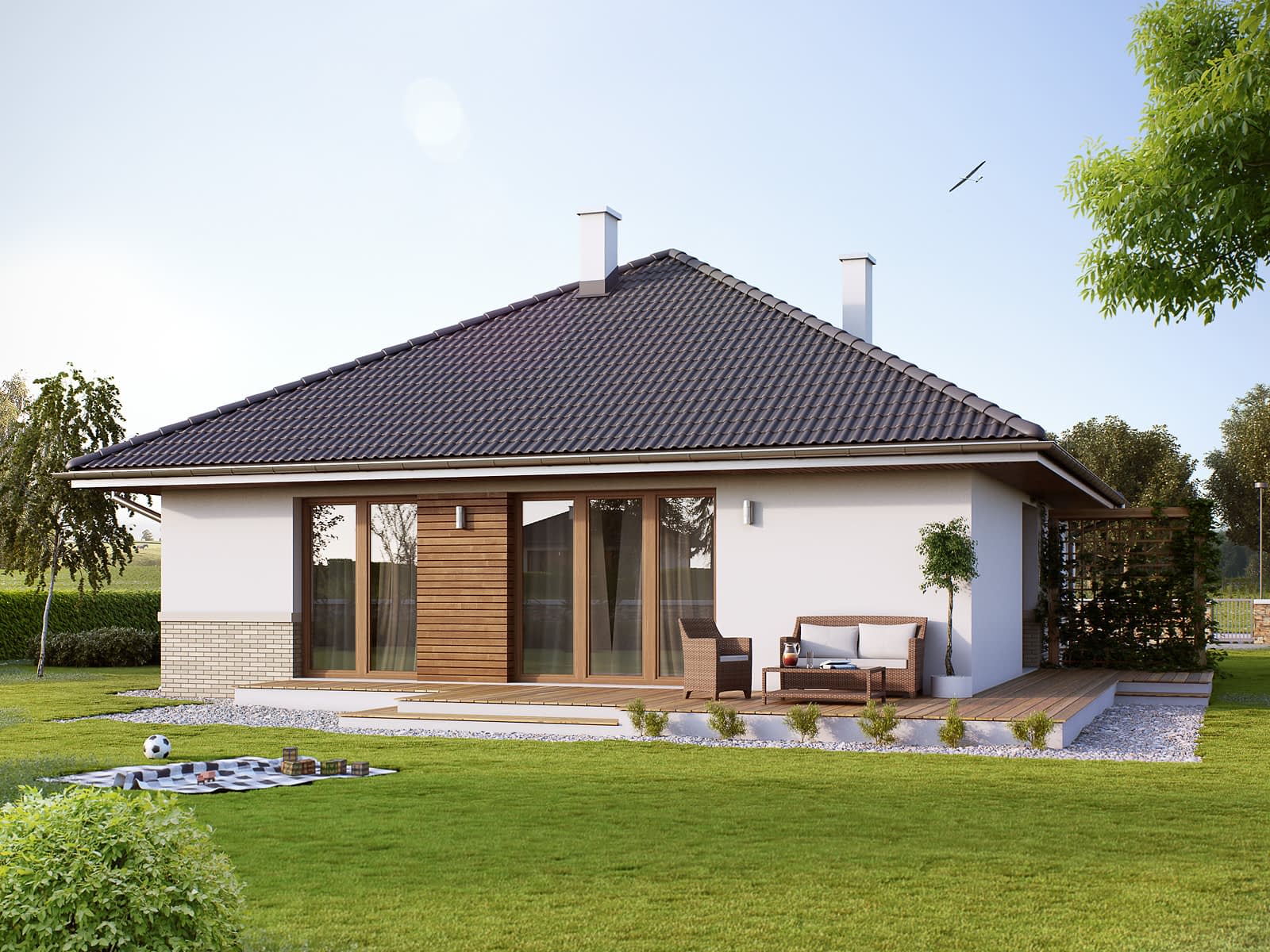

A link to download your FREE brochure will be in your inbox in 3 minutes




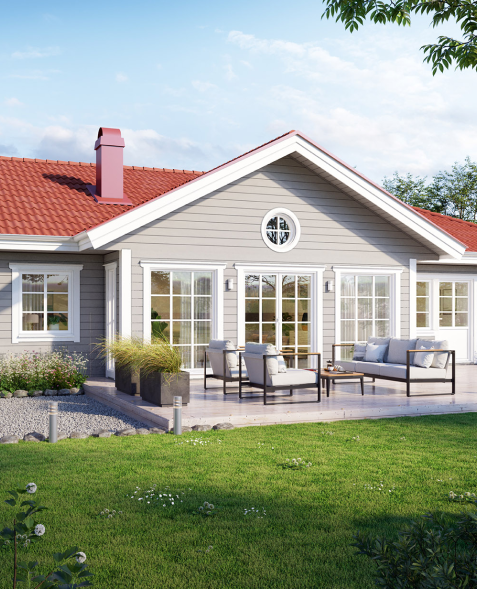
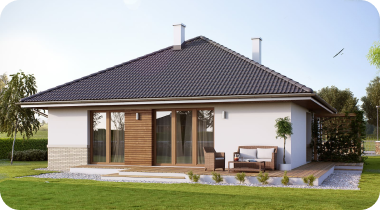

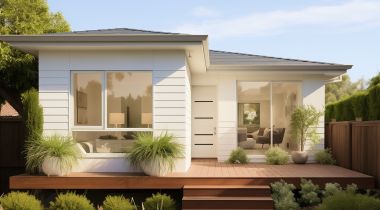





The final price may vary based on project specifics.
To get a free accurate quote tailored to your needs, book a consultation with us today!

The price per square foot provided is an average and may vary depending on project-specific details such as materials, location, complexity, and other factors. Actual costs may differ from the average provided.
It is recommended to obtain a detailed quote based on the specific requirements of your project.

Please note that the monthly payment displayed on this page is an estimate and is subject to variation based on the selected loan product, applicants credit score, loan amount, and other financial details. Actual monthly payment may differ from the estimate provided.
It is recommended to seek advice from a financial advisor or loan officer to obtain precise payment information tailored to individual circumstances.
Sometimes it’s getting crowded living just in one house, and people understand they might need a lot more space. Building a bigger house isn’t always an option as the process of construction requires a lot of money. The easiest and fastest way to expand the living space is to build an accessory dwelling unit, which everyone usually calls an ADU.

An Accessory Dwelling Unit or simply an ADU is the official term describing an additional separately standing dwelling unit located on the residential territory of the property. For a better understanding of what an ADU is, let us move forward to discovering the existing ADU types and categories.
Hereunder we provide you a list of the most general ADU forms:

While ADUs differ by their size, color, and the way of attaching to the main house, they still have something in common.

You’ve definitely seen a lot of various ADUs in West Sacramento, but you hardly thought if all of them had building permissions or not. In most cases, ADUs are built on an informal basis.
Studies and surveys show that 10-20% of all ADUs in West Sacramento have no legal status. It means 1/10 part of all existing dwelling stock is occupied with the illegal ADUs. Sounds shocking considering it’s more than thirteen million ADUs over there.
Though they are illegal, they still exist. And their existence proves the fact that American society needs this type of housing. This “grey market” shows that people are more than just ready for that.
Generally, people from the big cities in America need ADUs because they live in housings meant for 3 and 4 people while people don’t need such big houses anymore. They live alone or with another person, maybe with a dog or a cat, but they don’t need three bathrooms and four bedrooms. It’s easier and cheaper for them to rent a small house and add an ADU if they need it. Almost 2/3rds of the American population live according to these principles.

Nowadays, cities tend to care a lot more about urban and suburban housing development than they used to. With more and more people moving to the suburbs, the housing value increases enormously. Affordable housing has been a great issue for California for decades now. ADUs can help resolve this problem, and local authorities are starting to understand that. There are a few common reasons why ADU construction development is not only important but also beneficial for all parties. Here are the main ones:
Today, there are not so many permitted ADUs in the market to make a real difference. But, we all do understand that this is not decided in one day. It takes time for people to understand the real benefits and advantages of such a housing solution. The homeowners tend to build ADUs to earn some extra money in leasing as well. So, we can absolutely establish that ADUs are not only helping resolve some urban and suburban development problems but the problems of property owners as well. ADUs construction businesses are thriving and are likely to continue to do so.
It is significant to mention all of the requirements concerning the placing of an ADU, as there are many of them. Starting from January 1st, 2020, all of the requirements listed below are necessary.
Firstly, the number of ADUs permitted are as per the following:

As for the size of the territory, single-family, multi-family private structures will not depend on the minimum size of the site of the basic zoning area or by law for AUD units.
Speaking about the required shape and materials of an ADU, it is stated that the outside plan and materials of the ADU will be outwardly viable with the essential dwelling with respect to the rooftop, building dividers, entryways, windows, and so forth.
Concerning the ADU size, the reasonable area is 850 square feet for a one-room ADU and a thousand square feet for an ADU of more than one room. Lots bigger than one section of land can keep on having an ADU up to 1200 square feet.
Additional requirements are as per the following:
The ADU will require setbacks at least four feet from the side and back of the property other than as indicated below:
Regarding the fire safety issues, it is stated that according to the State standards, ADU’s will not be needed to give fire sprinklers except if they are additionally needed for the essential dwelling. Furthermore, carbon monoxide cautions should be introduced outside of each different dwelling unit dozing zone in the prompt region of the bedroom(s) and on each degree of a residential unit, including storm cellars.
No parking for an ADU is required in case:
Speaking about the required shape and materials of an ADU, it is stated that the outside plan and materials of the ADU will be outwardly viable with the essential dwelling with respect to the rooftop, building dividers, entryways, windows, level/vertical articulation, and structural detail.
Starting in 2020, as indicated by state law, all private drafting regions, including single-family and multi-family, are permitted to have an ADU. Concerning the possession of the ADU, according to the SB13 update, proprietor inhabitance will not be needed for a new accessory dwelling unit created and built somewhere in the range of the 2020 – 2025 year.
The district will give a ministerial review process that did not depend on an optional endorsement for an ADU. The cycle will take no under 120 days. Substantial applications submitted for ADUs, if not endorsed or denied inside 120 days from the accommodation, will be viewed as affirmed according to the State Standards.

As far as an ADU is available for rent, the tenancy rules have to comply with local legal regulations concerning housing. The ADU owners have to pay very close attention to their property maintenance.
All existing housing matters are regulated by the West Sacramento Municipal Code (Chapter 19.05). Under these norms, the authorized occupants, tenants, and people responsible for property possession have a legal obligation to keep the premises and common territory in order. Any deviation from the norms will qualify as an unlawful public nuisance.
The full list of possible public nuisances is given in the local Municipal Code and includes the following ones:
Another great American tradition is public yard sales. The local Municipal Code regulates that part or social activity as well. The backyard or front yard sales shall not include any living animals, alcoholic beverages, weapons, self-made food or tobacco products, or any products without an officially approved marking. It is prohibited to sell any illegal units or products at a yard sale. Such activity is subject to penalties, and in some cases, even can lead to a lawsuit.
Any boarded building in the neighborhood, whether at will or as a result of local authorities’ actions, shall be restored within 90 days. Therefore, property owners have to be very careful when doing reconstructions on their respective territory, which is open to the public view.
The owners shall also keep in mind that if they ever decide to sell their main property along with an existing ADU, they have to align their facilities with the local and federal security norms. All the dwelling units on the land should be arranged in a way so that fire and rescue services, ambulance, police, and others have access to the property when necessary. These departments will inspect your property during the sale, and no one or nothing should become an obstacle to it.
General neighborhood image is very important to both residents and local authorities. That is why California legislation has passed so many laws and initiatives supporting ADU construction and urban and suburban housing improvement. Affordable housing, small spaces use, functional constructions development — these are the main objectives the local society is trying to reach and make their living environment better.
A+ Construction & Remodeling has been a game-changer in Sacramento ADU homes scene through their exceptional work on Accessory Dwelling Units (ADUs). These self-contained units are offering an economical and effective solution for the city’s escalating housing demands . A+ Construction & Remodeling’s ADUs are not only affordable but also feature designs that are both practical and aesthetically pleasing.